Saad Wazir
Rethinking the Nested U-Net Approach: Enhancing Biomarker Segmentation with Attention Mechanisms and Multiscale Feature Fusion
Apr 08, 2025Abstract:Identifying biomarkers in medical images is vital for a wide range of biotech applications. However, recent Transformer and CNN based methods often struggle with variations in morphology and staining, which limits their feature extraction capabilities. In medical image segmentation, where data samples are often limited, state-of-the-art (SOTA) methods improve accuracy by using pre-trained encoders, while end-to-end approaches typically fall short due to difficulties in transferring multiscale features effectively between encoders and decoders. To handle these challenges, we introduce a nested UNet architecture that captures both local and global context through Multiscale Feature Fusion and Attention Mechanisms. This design improves feature integration from encoders, highlights key channels and regions, and restores spatial details to enhance segmentation performance. Our method surpasses SOTA approaches, as evidenced by experiments across four datasets and detailed ablation studies. Code: https://github.com/saadwazir/ReN-UNet
* Published in the Proceedings of the 2024 International Conference on Medical Imaging and Computer-Aided Diagnosis (MICAD 2024), Lecture Notes in Electrical Engineering (LNEE), Volume 1372, Springer Nature, Singapore
HistoSeg : Quick attention with multi-loss function for multi-structure segmentation in digital histology images
Sep 01, 2022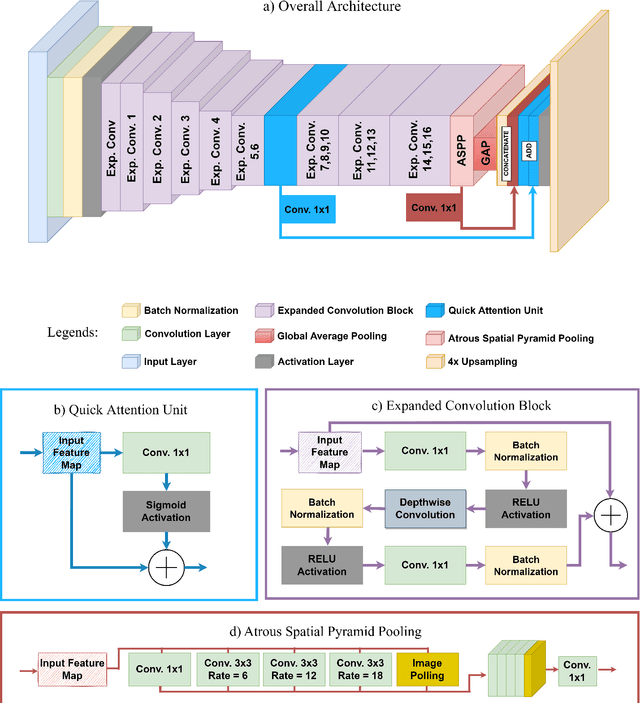
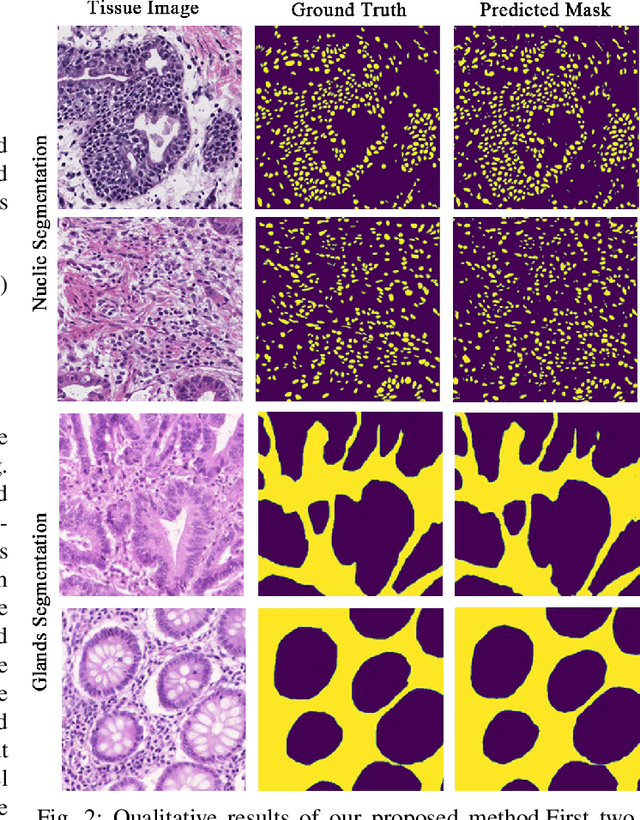
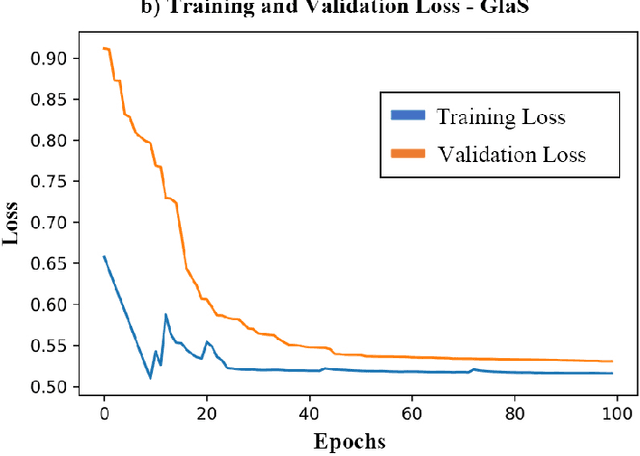

Abstract:Medical image segmentation assists in computer-aided diagnosis, surgeries, and treatment. Digitize tissue slide images are used to analyze and segment glands, nuclei, and other biomarkers which are further used in computer-aided medical applications. To this end, many researchers developed different neural networks to perform segmentation on histological images, mostly these networks are based on encoder-decoder architecture and also utilize complex attention modules or transformers. However, these networks are less accurate to capture relevant local and global features with accurate boundary detection at multiple scales, therefore, we proposed an Encoder-Decoder Network, Quick Attention Module and a Multi Loss Function (combination of Binary Cross Entropy (BCE) Loss, Focal Loss & Dice Loss). We evaluate the generalization capability of our proposed network on two publicly available datasets for medical image segmentation MoNuSeg and GlaS and outperform the state-of-the-art networks with 1.99% improvement on the MoNuSeg dataset and 7.15% improvement on the GlaS dataset. Implementation Code is available at this link: https://bit.ly/HistoSeg
Classifying Human Activities with Inertial Sensors: A Machine Learning Approach
Nov 09, 2021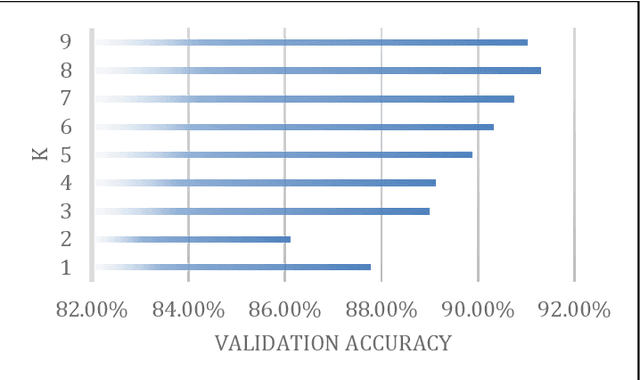
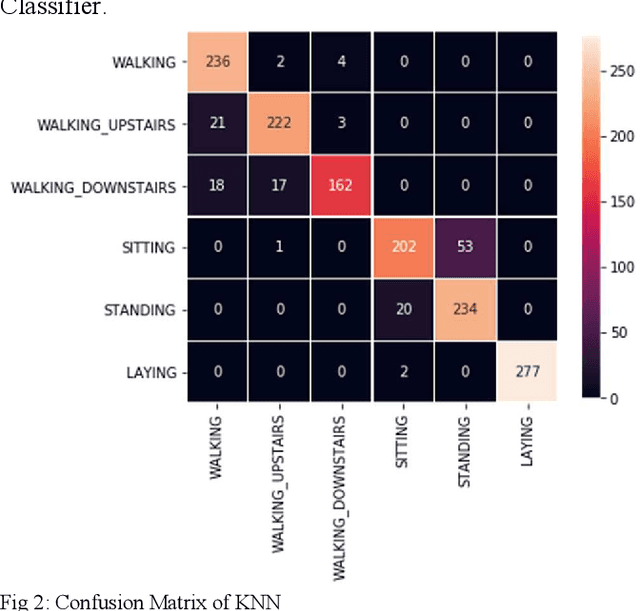
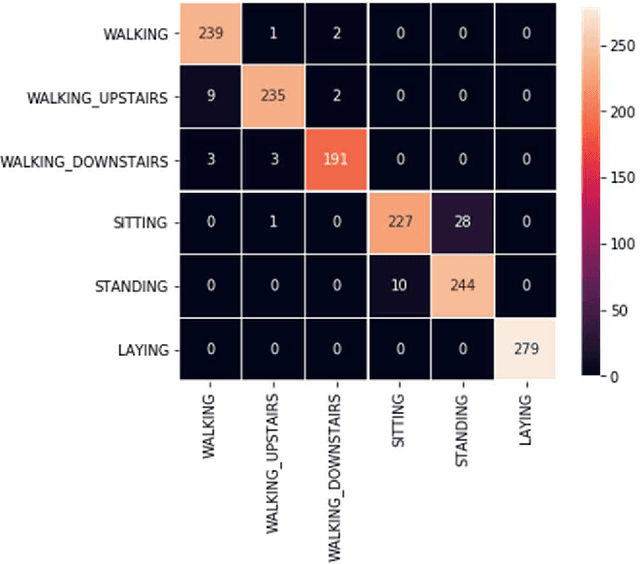
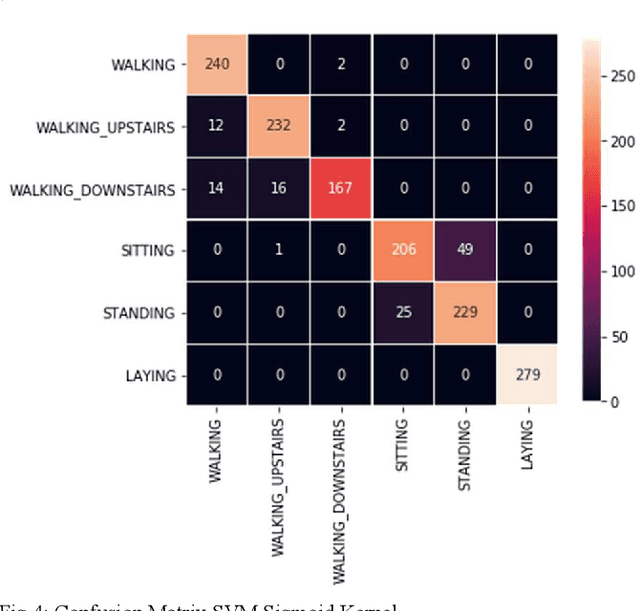
Abstract:Human Activity Recognition (HAR) is an ongoing research topic. It has applications in medical support, sports, fitness, social networking, human-computer interfaces, senior care, entertainment, surveillance, and the list goes on. Traditionally, computer vision methods were employed for HAR, which has numerous problems such as secrecy or privacy, the influence of environmental factors, less mobility, higher running costs, occlusion, and so on. A new trend in the use of sensors, especially inertial sensors, has lately emerged. There are several advantages of employing sensor data as an alternative to traditional computer vision algorithms. Many of the limitations of computer vision algorithms have been documented in the literature, including research on Deep Neural Network (DNN) and Machine Learning (ML) approaches for activity categorization utilizing sensor data. We examined and analyzed different Machine Learning and Deep Learning approaches for Human Activity Recognition using inertial sensor data of smartphones. In order to identify which approach is best suited for this application.
Embedded Development Boards for Edge-AI: A Comprehensive Report
Sep 02, 2020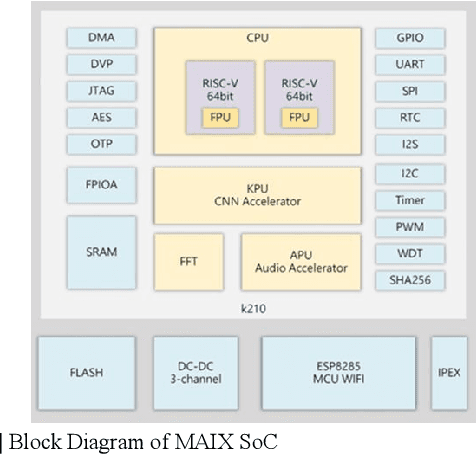
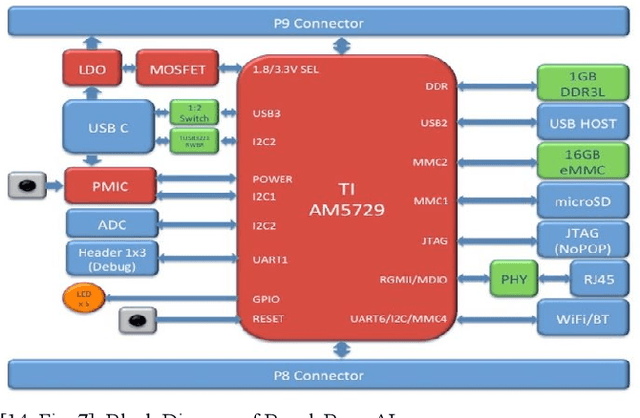
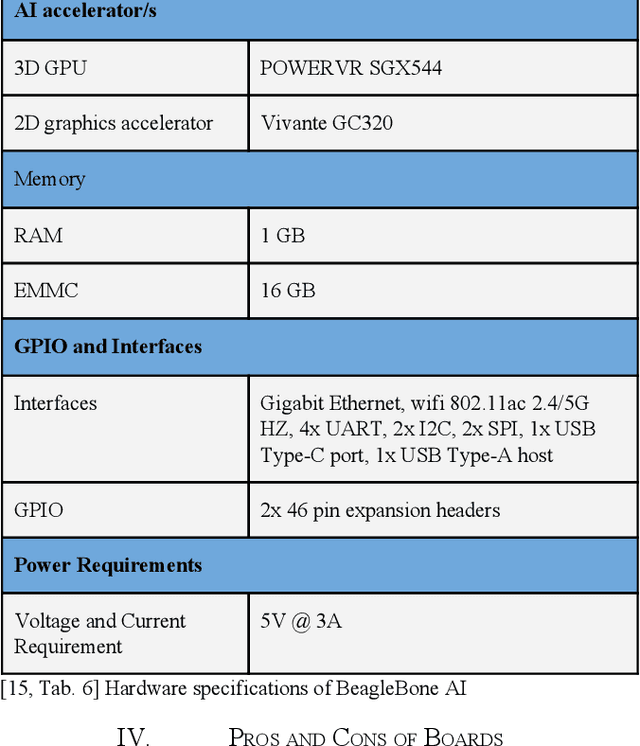
Abstract:The use of Deep Learning and Machine Learning is becoming pervasive day by day which is opening doors to new opportunities in every aspect of technology. Its application Ranges from Health-care to Self-driving Cars, Home Automation to Smart-agriculture, and Industry 4.0. Traditionally the majority of the processing for IoT applications is being done on a central cloud but that has its issues; which include latency, security, bandwidth, and privacy, etc. It is estimated that there will be around 20 Million IoT devices by 2020 which will increase problems with sending data to the cloud and doing the processing there. A new trend of processing the data on the edge of the network is emerging. The idea is to do processing as near the point of data production as possible. Doing processing on the nodes generating the data is called Edge Computing and doing processing on a layer between the cloud and the point of data production is called Fog computing. There are no standard definitions for any of these, hence they are usually used interchangeably. In this paper, we have reviewed the development boards available for running Artificial Intelligence algorithms on the Edge
 Add to Chrome
Add to Chrome Add to Firefox
Add to Firefox Add to Edge
Add to Edge